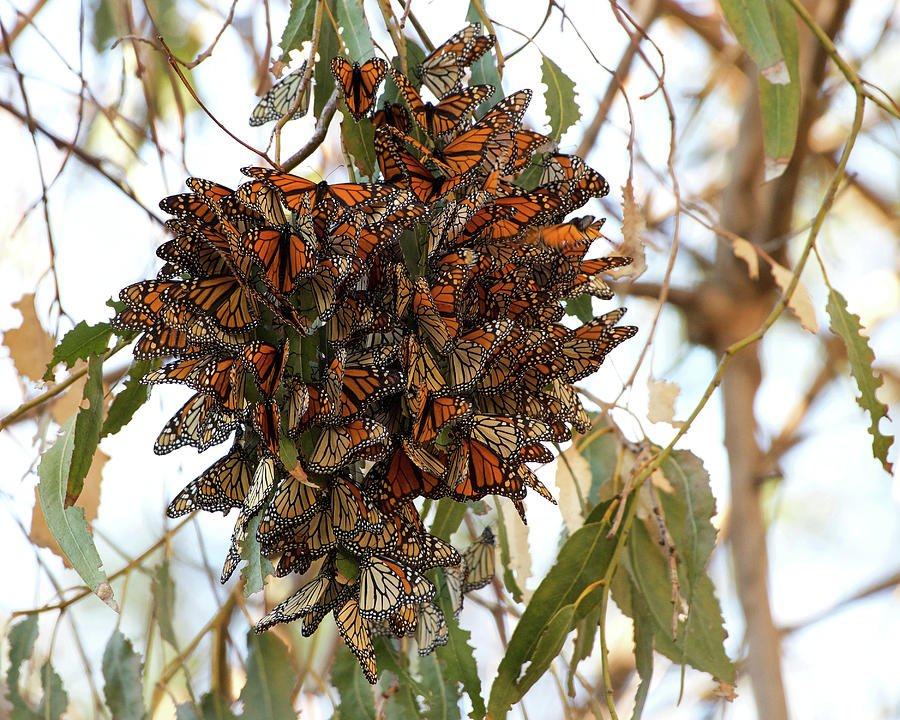

During this time they can move to unoccupied areas to find new plants on which to lay eggs. They are strong fliers and can cover long distances during their adult life, which is about a month to six weeks in summer. They have also been found in isolated parts of the Northern Territory. III.In summer, Wanderers are found throughout their range along the east coast of Australia from Queensland to South Australia, and in south-west Western Australia. FACTS Object: Clusterĭesignations: Butterfly Cluster, Messier 6, M6, NGC 6405, Collinder 341, Lund 769, Melotte 178, OCL 1030, ESO 455-SC030, Lac. The galactic centre, the rotational centre of the Milky Way, lies in the direction of Sagittarius constellation, near the borders with the constellations Scorpius and Ophiuchus. Messier 6 lies at a closer angular distance to the galactic centre than any other Messier object. M6 is much easier to observe from locations south of the equator because Scorpius never rises high in the sky for northern observers.

The best time of year to observe the Butterfly Cluster is in the summer months, when Scorpius appears high in the sky for observers in southern latitudes and is visible above the horizon to observers in the northern hemisphere. The contrast between the orange BM Scorpii and other member of the cluster is quite striking. The butterfly shape appears in 7×50 or 10×50 binoculars, and more stars appear in small telescopes. Messier 6 is easy to see without binoculars under good viewing conditions. The Ptolemy Cluster (M7) is the southernmost Messier object in the sky and it lies a little farther to the southeast of M6, closer to the horizon, while the Butterfly Cluster is a bit higher in the sky. Messier 6, Messier 7 and Shaula form a triangle that can be seen without binoculars to the right of the Teapot asterism in Sagittarius. Shaula can be located by following the line of stars that curve from Antares in a southerly direction. Shaula is the second brightest star in Scorpius, with a visual magnitude of 1.62, and it marks the scorpion’s tail. The cluster lies in eastern Scorpius, 5 degrees north and 1.5 degrees east of the multiple star Shaula, or Lambda Scorpii. Atlas Image mosaic obtained as part of the Two Micron All Sky Survey (2MASS), a joint project of the University of Massachusetts and the Infrared Processing and Analysis Center/California Institute of Technology, funded by the National Aeronautics and Space Administration and the National Science Foundation. Binoculars reveal only a few dozen and a small telescope will show about 80 stars brighter than 11th magnitude.īutterfly Cluster (M6). The cluster contains more than 300 stars.
#BUTTERFLY CLUSTERS FULL#
Its apparent size is roughly the same as that of the full Moon. The main portion of M6 has an angular diameter of 25 arc minutes, corresponding to about 12 light years in linear diameter.

In 1959, Swedish astronomer Ake Wallenquist identified around 80 stars in the cluster, all lying within a region of 54 arc minutes in diameter. The distance, number of stars and other properties of M6 were not measured until the 20th century. To the naked eye, this cluster seems to form a nebula without stars but even with the smallest instrument one employs for investigating one sees a cluster of small stars. His entry read, “A cluster of small stars between the bow of Sagittarius & the tail of Scorpius. They are loosely bound to each other by gravity.Ĭharles Messier entered the cluster in his catalogue on May 23, 1764. The stars in Messier 6 formed in the same molecular cloud between 51 and 95 years ago and are all moving together through space. The star, BM Scorpii (HD 160371), is a semiregular variable, exhibiting variations in brightness ranging from magnitude 5.5 to magnitude 7. However, the brightest star in the cluster is an orange giant belonging to the spectral class K. Most of the bright, visible stars in it are hot, young, blue stars belonging to the spectral class B4-B5. Messier 6 is estimated to be around 100,000 million years old. Its designation in the New General Catalogue is NGC 6405. Messier 6 was named the Butterfly Cluster by the American astronomer Robert Burnham, who described it as a “charming group whose arrangement suggests the outline of a butterfly with open wings.” The cluster has an apparent magnitude of 4.2. It lies in the direction of the galactic centre, at an approximate distance of 1,600 light years from Earth. Messier 6 (M6), also known as the Butterfly Cluster, is a bright open cluster located in the southern constellation Scorpius.


 0 kommentar(er)
0 kommentar(er)
